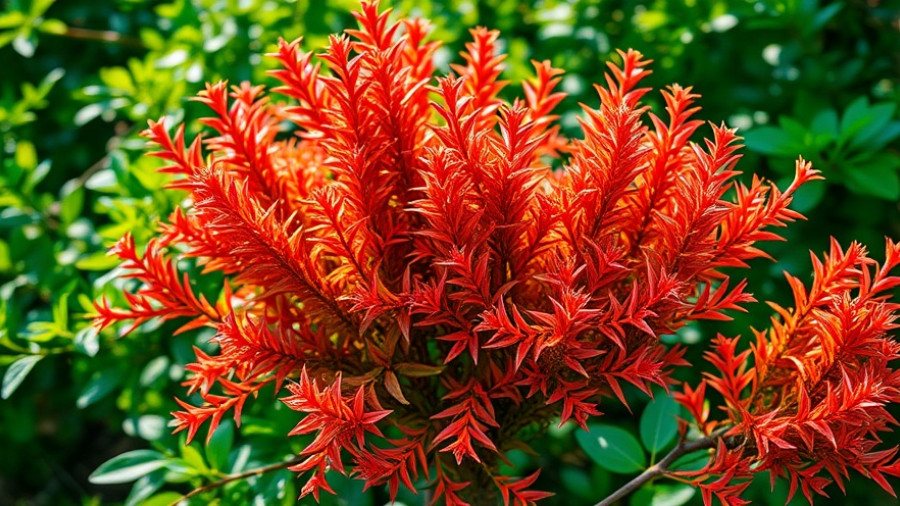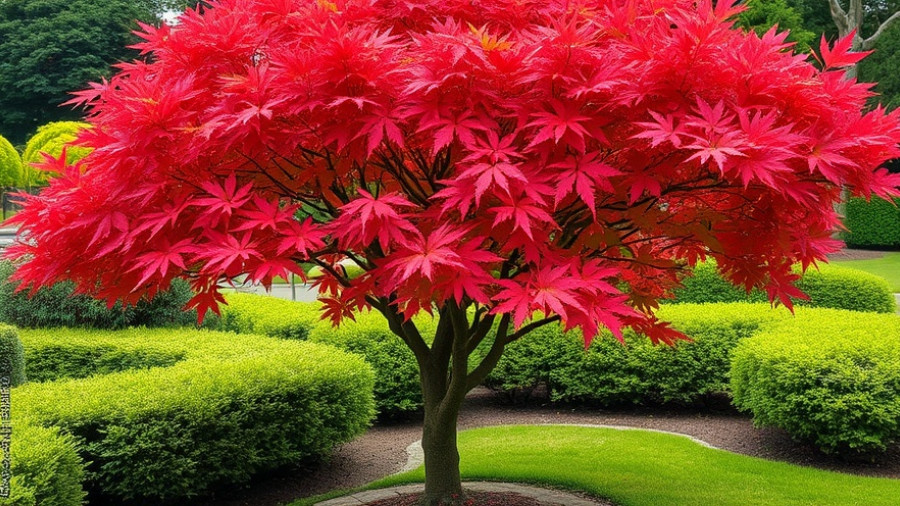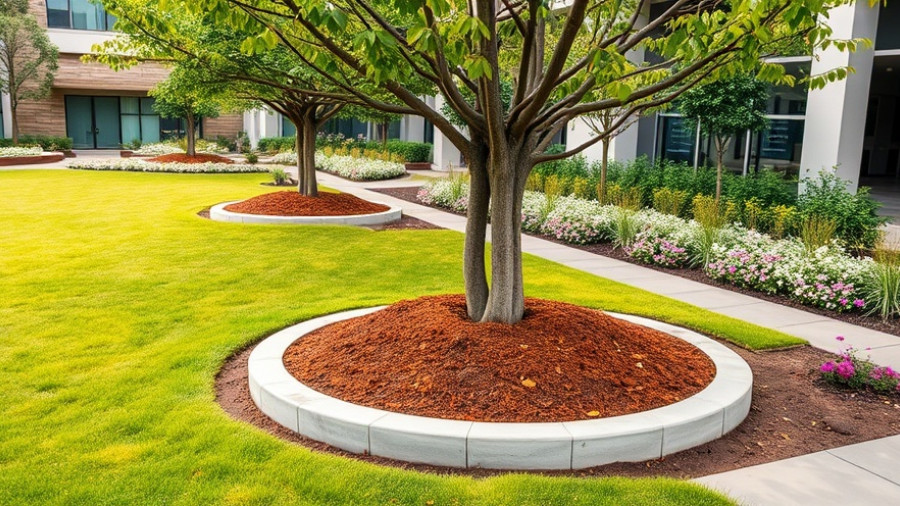
Transform Your Garden with Stunning Color-Changing Perennials
For many outdoor enthusiasts, the beauty of a garden goes beyond just the flowers. Color-changing foliage provides an enriching layer to landscapes, transforming spaces throughout the seasons. Imagine walking through your garden in early spring, only to witness the vibrant green leaves slowly shift into warm autumn hues by late summer, creating a dynamic and engaging environment.
Why Color-Changing Foliage is Essential for Any Gardener
Color-changing perennials innovate the very essence of garden planning. Unlike traditional seasonal blooms, which may only last a few weeks, these plants offer sustained interest throughout the year. They come alive with vibrant colors and intriguing textures that add depth and character to your outdoor space. Utilizing these perennials allows for continuous evolution in your gardening, encouraging you to observe the subtle shifts that occur day by day.
Examples of Color-Changing Perennials to Consider
For those looking to add some life to their outdoor designs, consider incorporating plants like the Eastern Red Columbine or the Raywood Ash. The latter starts off with soft green leaves that transition to a striking dark green as summer gets underway, creating a lovely backdrop for your garden. In the fall, its foliage dazzles in diverse shades of purples, making it a focal point of your landscape.
Here are just a few perennials that promise year-round appeal:
- Eastern Red Columbine: Known for its vibrant red and yellow blooms, it not only catches the eyes of gardeners but also attracts hummingbirds.
- Raywood Ash: With its rich and unique purple foliage, this tree offers a stunning transition from light green to dark green and later to deep reds and purples.
- Japanese Maple: Recognized for its delicately shaped leaves, it can provide breathtaking color transformations from spring through winter.
Planning Your Garden for Seasonality
Successful gardening is all about strategic planning. By understanding seasonal changes and how different plants interact with their environment, you can design a garden that continually delights. A seasonal planting guide can offer useful insights into selecting the right plants for each time of year, ensuring your space remains vibrant and full of life.
Creating the Perfect Backyard Atmosphere
Backyard spaces serve as extensions of our homes; hence, making them comfortable and inviting is essential. As you embark on your journey to rejuvenate your garden, consider elements like landscape lighting ideas and fire pit designs. These features will not only complement your perennials but also enhance your outdoor living experience, allowing for gatherings and quiet moments alike.
Tips for Maintenance and Care
To ensure your color-changing perennials thrive, it's crucial to employ eco-friendly yard care practices. This includes regular mulching, proper drainage solutions, and understanding the plant’s sun requirements for the best growth possible. Simple container gardening techniques can also be employed if you're limited on space or want to create elevated displays on your patio or balcony.
Final Thoughts
Inviting color-changing perennials into your outdoor space will not only enhance its beauty but also create a dynamic environment that shifts and evolves with the seasons. Take the time to explore your gardening options and design an inspiring landscape that reflects your personality!
Ready to make a change? Explore more about backyard makeover ideas and start planning your garden's transformative journey today!
 Add Row
Add Row  Add
Add 




Write A Comment